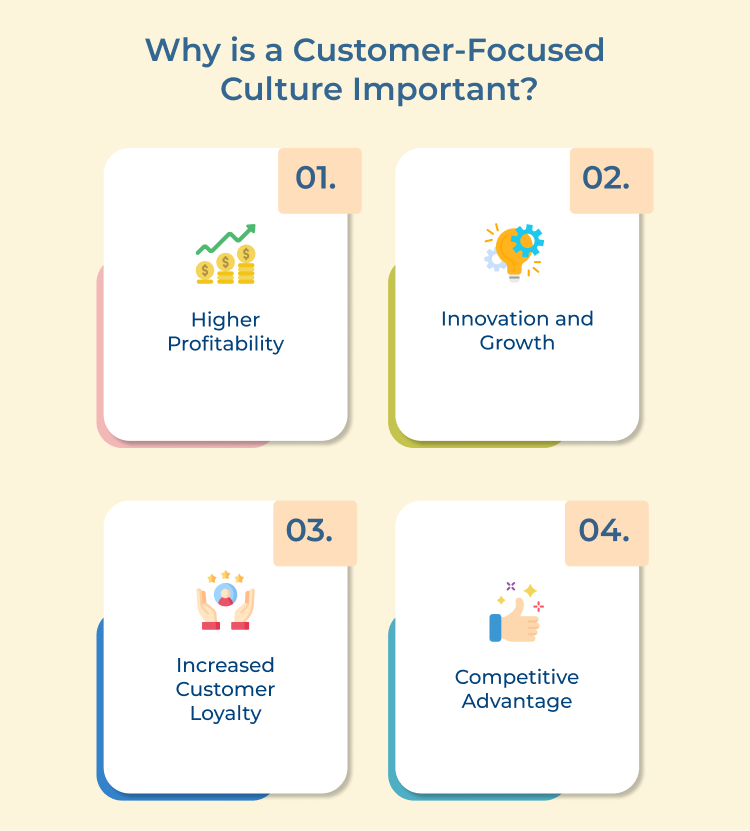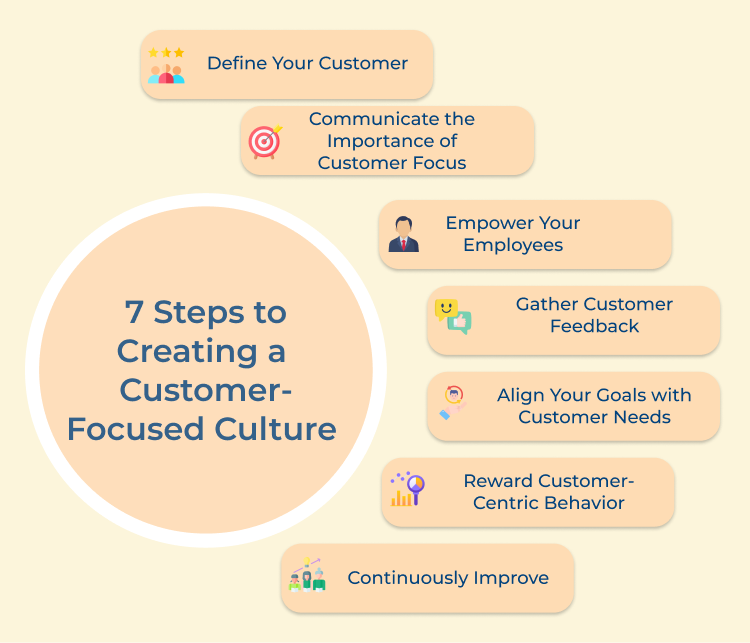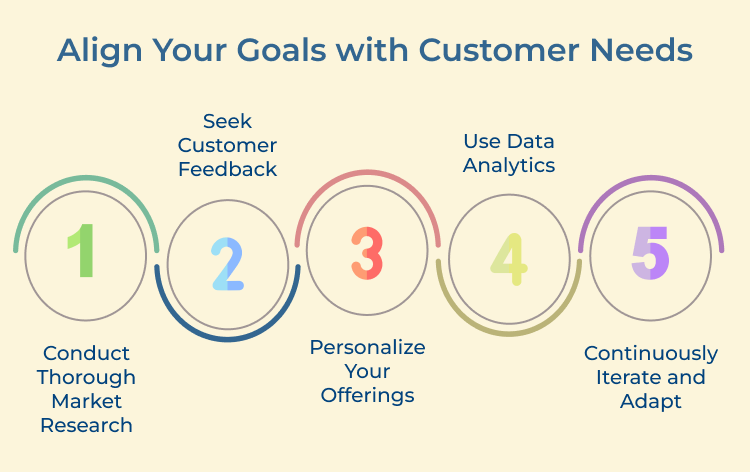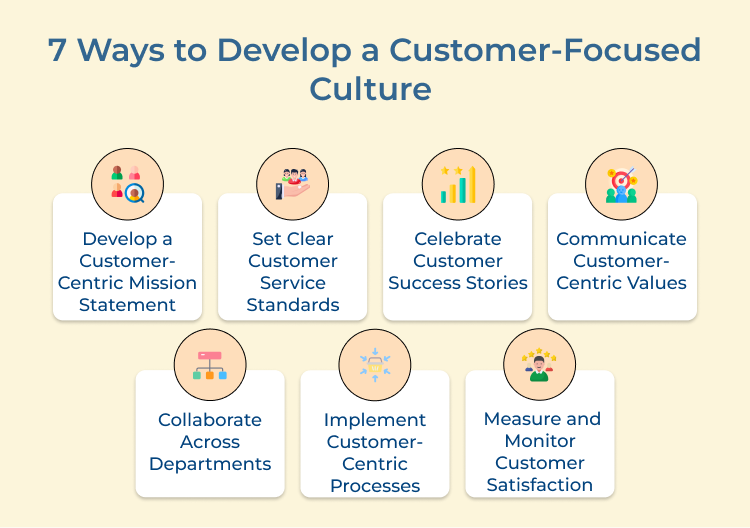1. Develop a Customer-Centric Mission Statement
Your mission statement should clearly communicate your commitment to putting customers first. It will guide decision-making at all levels of the organization and ensure that everyone is aligned with the goal of providing exceptional customer service.
2. Set Clear Customer Service Standards
Establishing clear customer service standards is crucial for creating a customer-focused culture. Develop guidelines and protocols for handling customer inquiries, complaints, feedback, etc. Make sure that all employees are aware of these standards and hold them accountable for delivering exceptional service.
3. Celebrate Customer Success Stories
Celebrate customer success stories within your organization to reinforce the importance of customer satisfaction. Recognize employees who go above and beyond to ensure customer happiness as well as share these stories with the entire team. By highlighting these successes, you can inspire others to follow suit and prioritize customer needs.
4. Communicate Customer-Centric Values
Make sure that everyone in your organization understands and embraces the values of customer-centricity. Communicate these values through training sessions, team meetings and internal communications. Encourage employees to always consider the customer’s perspective in their decision-making.
5. Collaborate Across Departments
Break down silos within the organization and encourage collaboration / employee engagement across departments. A customer-focused culture requires all departments to work together seamlessly to provide a consistent and cohesive customer experience.
6. Implement Customer-Centric Processes
Review and optimize existing processes to ensure they are customer-centric. Streamline operations, improve communication channels and remove any barriers that may hinder a positive customer experience.
7. Measure and Monitor Customer Satisfaction
To ensure that you are truly customer-focused, you need to measure and monitor customer satisfaction on a regular basis. Use metrics such as Net Promoter Score (NPS) or Customer Satisfaction (CSAT) surveys to track how well you are meeting customer expectations. Use this data to make informed decisions and drive continuous improvement.
Examples of Excellent Customer Focused Cultures
Building a customer-focused culture is not just about providing good customer service, but about truly putting the customer at the center of everything you do.
Ritz-Carlton
Ritz-Carlton is renowned for its legendary customer service and luxurious accommodations. The hotel chain focuses on creating personalized experiences for each guest and exceeding their expectations at every touchpoint. Ritz-Carlton empowers its employees to anticipate and fulfill customer’s needs, leading to high levels of guest satisfaction.
Nordstrom
Nordstrom is known for its outstanding customer service and commitment to customer satisfaction. They have a policy of accepting returns on any item, at any time, with no questions asked. Nordstrom’s dedication to making the customer experience as seamless and enjoyable as possible has helped them become a leader in the retail industry.
Southwest Airlines
Southwest Airlines stands out in the aviation industry for its customer-centric approach, commitment to low fares and excellent service. The airline prioritizes customer satisfaction and loyalty by offering perks like no change fees, free checked bags, a friendly staff, etc. Southwest’s focus on creating a positive flying experience for customers has contributed to its success and strong brand reputation.
Growing Business with Customer Focused Culture
Cultivating a customer-focused culture is vital for growing businesses in today’s competitive market. By prioritizing customer satisfaction, businesses can build trust, loyalty and repeat business. It leads to increased revenue and positive word-of-mouth referrals, which are key to sustained success.
Companies that prioritize their customer’s preferences are more likely to adapt to changing market conditions and stay ahead of the competition. Ultimately, businesses that focus on creating a positive customer experience will see long-term growth and success. By creating a customer-focused culture, businesses can thrive in the business.







